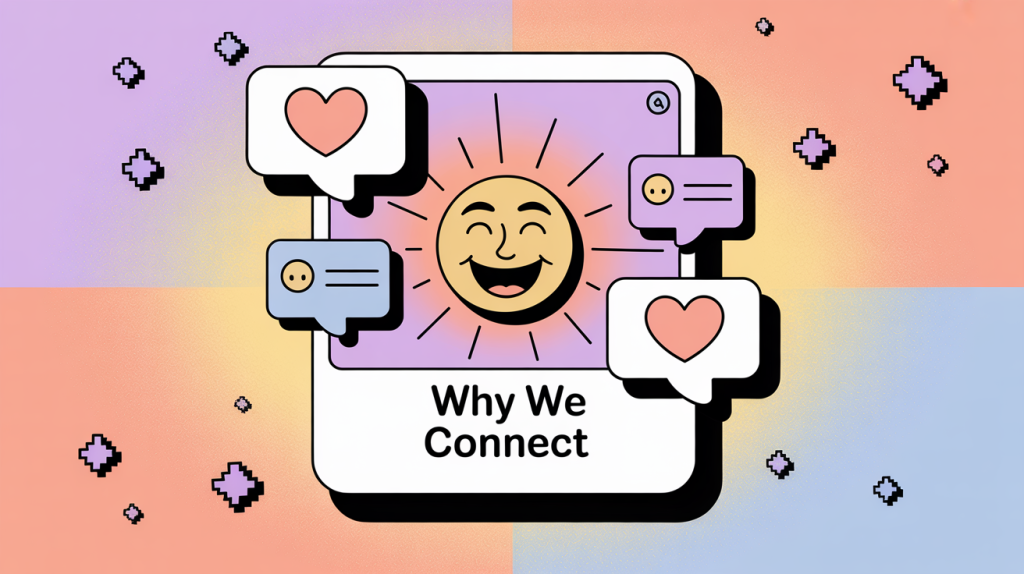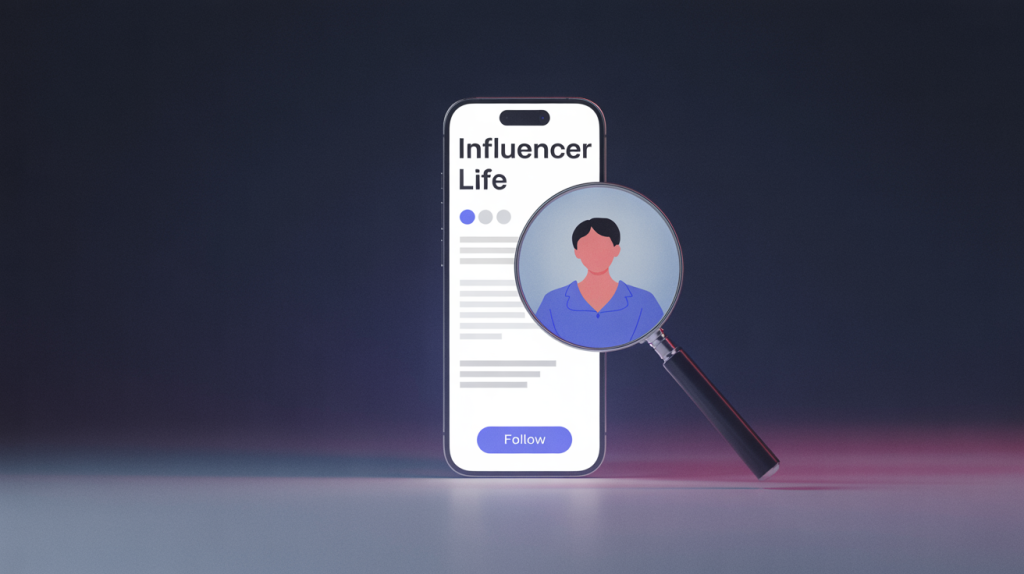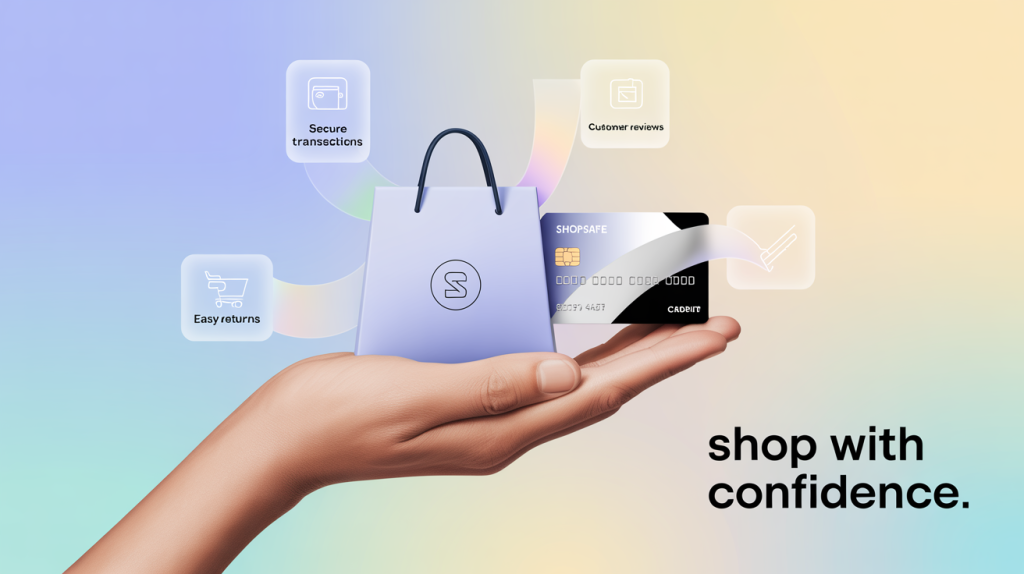In the bustling digital landscape of Nairobi and the world beyond, the pursuit of social media success often feels like a constant race against ever-changing algorithms and fleeting trends.
Creators and businesses pour countless hours into crafting content, strategizing hashtags, and trying to decipher the elusive formulas for viral growth. However, while technical aspects certainly play a role, the truly exceptional creators – the top 1% – understand that sustainable success on social media isn’t just about mastering the platform; it’s about understanding people.
At its core, social media is a human-centric ecosystem. Every like, every follow, every purchase is driven by underlying psychological principles that influence our behavior and decision-making.
This guide will delve into these powerful psychological levers, revealing the key reasons why people engage with content, choose to follow specific accounts, and ultimately decide to buy from them.
By understanding the “why” behind these actions, you can move beyond superficial tactics and build a social media presence that resonates deeply with your audience, fostering genuine connection and driving meaningful results, whether you’re a budding influencer in Nairobi’s vibrant arts scene or a business aiming to reach customers across Kenya.
Let’s explore the psychology that separates the social media elite from the rest.
The Spark of Interaction: The Psychology of Why People Engage
Engagement is the lifeblood of social media. Likes, comments, saves, and shares are not just vanity metrics; they are signals to the algorithms that your content is valuable and resonate with your audience.
More importantly, they represent genuine human connection. The top 1% of creators understand the psychological triggers that compel people to actively interact with their content.
According to statistics, several key factors contribute to this initial spark of engagement:
- Great Production Quality (30%): In a visually saturated environment like Instagram, particularly for users scrolling through high-quality imagery of Nairobi’s stunning landscapes or professional product shots from Kenyan businesses, the quality of your content is paramount. High-resolution images, well-produced videos, clear audio, and thoughtful editing demonstrate professionalism and respect for your audience’s time and attention. Subpar quality can be a significant barrier to engagement, signaling a lack of effort or attention to detail. Investing in good lighting, decent equipment (even a smartphone with a good camera), and learning basic editing skills can significantly enhance your content’s appeal and encourage that initial like or comment. Think of the difference between a pixelated photo of the Nairobi skyline and a crisp, vibrant shot that captures its beauty – which one are you more likely to engage with?

- Viral Hook & Concept (40%): In the fast-paced world of social media, especially on platforms like TikTok and Instagram Reels, you have mere seconds to grab a user’s attention and stop their scroll. A compelling hook – the first few seconds of your video, the opening line of your caption, or the most striking visual of your carousel – is crucial for piquing curiosity and encouraging further interaction. Viral concepts often tap into universal emotions, address relatable experiences (perhaps the daily commute in Nairobi traffic or the joy of finding a good nyama choma spot), or present information in a unique and entertaining way. Understanding what’s currently trending and finding creative ways to apply those trends to your niche, while still staying authentic to your brand, can significantly boost engagement.
- Social Proof (10% – Others have engaged): Humans are social creatures, and we often look to others for cues on how to behave. When a piece of content already has a significant number of likes, comments, or shares, it creates a sense of social proof – the perception that this content is valuable and worth engaging with because others have already done so. This is why fostering initial engagement is so important. Encourage early interaction by asking questions in your captions, running polls in your Stories before a post, or engaging with the first few commenters to build momentum. This initial social proof can create a snowball effect, encouraging more people to join the conversation.
- Information + Call-to-Action (20%): While visually appealing and entertaining content is important, providing valuable information and a clear call to action can also drive significant engagement. Informative content positions you as a knowledgeable resource in your niche, encouraging users to save your post for future reference or share it with others who might find it helpful (perhaps tips on navigating Nairobi’s tech scene or advice on sourcing local ingredients for a restaurant). A clear call to action – asking a question in your caption to spark comments, encouraging users to share their own experiences, or prompting them to save the post for later – gives your audience a direct instruction on how to engage with your content.
The Gateway to Your World: The Psychology of Why People Follow
The follow button is a user’s vote of confidence—their way of saying, “I want to see more of you.” This is a crucial step in the funnel, as it moves a user from a casual visitor to a potential community member. According to our research, there are four key psychological drivers that prompt a new user to hit that follow button.
- Strong Positioning that Targets Audience Pain Points (30%): A user follows an account because they believe it can solve a problem for them. Your profile should be a direct answer to your target audience’s needs. For a business in Kenya, this might mean having a bio that clearly states you provide digital marketing solutions for small businesses, or a profile that consistently shares content about common entrepreneurial challenges. Your content should show that you understand their struggles and have the expertise to help.
- Social Currency Principle (10%): This principle states that people are more likely to follow you if they perceive you as an authority or a valuable resource. You can showcase your expertise by sharing your years of experience, a client testimonial, or a story of a major accomplishment. This builds trust and positions you as an expert in your field.

- Content that Gives Tons of Free Value (40%): Value is the most powerful driver for a follow. A user will follow you if your content provides immediate, tangible value for free. This could be a detailed tutorial on a Reel, a step-by-step guide in a carousel post, or a series of posts that teach them a new skill. The more free value you give, the more you demonstrate that your paid products or services are worth the investment.
- Attractive Branding (20%): First impressions are critical. An attractive profile with a professional profile picture, a clear bio, and visually appealing highlights can make a powerful first impression. Your branding should be cohesive and consistent across all your content, from your grid to your stories. This professionalism signals to a user that you are an authority and worth following.
The Moment of Conversion: The Psychology of Why People Buy
The journey from a passive follower to a paying customer is the ultimate goal for any creator or business. While the top and middle of the funnel are about attracting and engaging, the bottom is all about building the trust and authority needed for conversion.
People don’t buy from you because of a single post; they buy from you because of a culmination of your entire presence and the value you’ve consistently provided.
- The Reciprocity Principle (30%): People are more likely to give back to those who have given to them. This principle is at the heart of content marketing. By consistently providing free value to your audience—through educational Reels, helpful carousel posts, or engaging Stories—you build trust and a sense of reciprocity. This makes your audience feel a moral obligation to return the favor when you eventually present an offer.
- Testimonials and Case Studies (10%): Social proof is a powerful motivator for a purchase. Sharing testimonials and case studies provides tangible evidence that your product or service works. You can use a Reel or a carousel to share before-and-after stories, positive feedback from your clients, or a client’s success story. This builds trust and helps potential customers feel confident in their decision to buy from you. The pin mentions to check out the next post for an example, reinforcing the importance of a clear content strategy.

- Your Offer Has a Desirable Transformation (40%): People don’t buy products; they buy solutions to their problems. Your content should consistently showcase the desirable transformation that your product or service provides. A creator in Nairobi who sells a digital course on business bookkeeping can use Reels and carousel posts to highlight common bookkeeping mistakes and then position their course as the solution. When you consistently demonstrate that you understand your audience’s pain points and can offer a clear solution, you become a go-to resource.
- The Perceived Likelihood of Success Is High (20%): Your audience needs to believe that they can achieve the same results that you promise. You can increase the perceived likelihood of success by providing clear deliverables and guarantees. This could include a money-back guarantee, a clear outline of what your course includes, or a promise of ongoing support. This transparency and confidence in your offer can be the final nudge that a potential customer needs to make a purchase.
Conclusion: Beyond the Clicks, Into the Psychology
The secret to social media success isn’t a complex algorithm; it’s a deep understanding of human psychology. You’ve now unlocked the core principles that drive user behavior, from the initial spark of engagement to the ultimate decision to buy.
By intentionally leveraging the psychology of why people engage, follow, and purchase, you’re building a funnel that nurtures your audience every step of the way.
This knowledge empowers you to move beyond random acts of content creation and instead build a cohesive, purposeful strategy. You can now craft content that isn’t just seen, but felt; a brand that isn’t just followed, but trusted; and an offer that isn’t just purchased, but transforms.
The psychology of social success is now in your hands.
What is the one psychological principle you will apply to your social media strategy this week?

